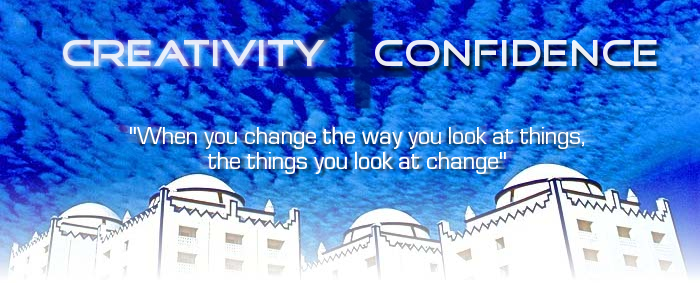 Above – Original painting “The Foster kids” by John Rainford.
Above – Original painting “The Foster kids” by John Rainford.
Over a decade ago my family and myself were involved in a horrific and fatal car accident. The whole family was suffering from PTSD many years later (it didn’t go way – but got steadily worse. Needless to say our lives were turned upside down. Although I hadn’t painted probably for 30 years – I started painting. First, I painted a portrait of my little boy, Logan. Our lives had changed direction forever, I wasn’t interested in empire building (in business) anymore, and I started to teach Business coaching (MBA) at University. We fostered distressed children, and discovered that Art and Creativity would be an uplifting experience for them. Some of the young children, unbelievably, were carers and we had the honour of taking them out for weekends. I mention this because the Creative Leadership courses were an important part of their healing and raising their self esteem.
I thought wouldn’t it be cool to run theses workshops for anyone for free?
We could call it the “Happiness Project” through a defined process, people would feel more confident, empowered and more capable whether on a personal level, in a career enhancing capacity or in developing their own business ideas.
My experience with blue chip companies and the empowerment processes were now all making sense, I could use these techniques to help a wider range of people. I wanted to apply these methods to teaching.
People show more enthusiasm when when they can self direct their own learning paths. The link between leadership, creativity and innovation is a crucial one, if innovation is to happen. There are many great inventions and discoveries that lay dormant for many decades because there was no action taken by the respective parties involved. Entrepreneurs can take the lead when they see opportunities and they have the required tenacity to see things through. In this sense they are leaders. It is the attributes and the passion of these leaders that help to bring innovation to reality. These are qualities that everyone has to a greater of lesser degree, depending on their own sense of importance and self worth. Innovation in organisations requires a degree of opportunistic thinking, a creative mindset that is less likely to pre-judge potential scenerios. Building up this understanding requires constant practice in creativity and creative thinking. I have found it useful to explore creative thinking in controlled parameters, which may sound like a contradiction – but helps to facilitate the notion of expanding the comfort zone, so that more flexible thought processes are gradually bought into. Creative exercises in Painting and Photography can help to release leadership qualities by imposing discipline and creative reflection into thinking.
At any level of innovative thinking, buy in – or suspending judgement helps to focus the mind on useful outcomes. This is in stark contrast to the creative games or brainstormimg that produce a quantity of ideas which (not surprisingly) last only minutes because the participants get bored. Seeking quality of engagement in a learning environment rather than quantity is more appropriate to intuitive thinking, creative thinking through practicing creativity skills helps to accentuate visual problem solving.
On this webiste we are going to explore the relationship between Innovation and Leadership. Particularly, how Creativity can lead to Innovation, and how team leaders can be more effective in encouraging an innovation workplace.
The course involves creative learning, the participants in creative workshops all responded in a positive way to these creative processes and it helped them to reflect on their leadership attributes. Below – painting entitled ‘Mouse hole’ by John Rainford plus a Photograph that won a Kodak Award also by John Rainford.


